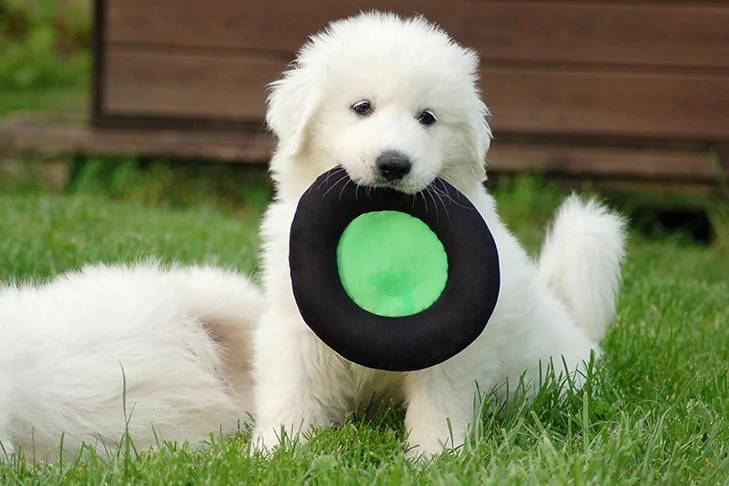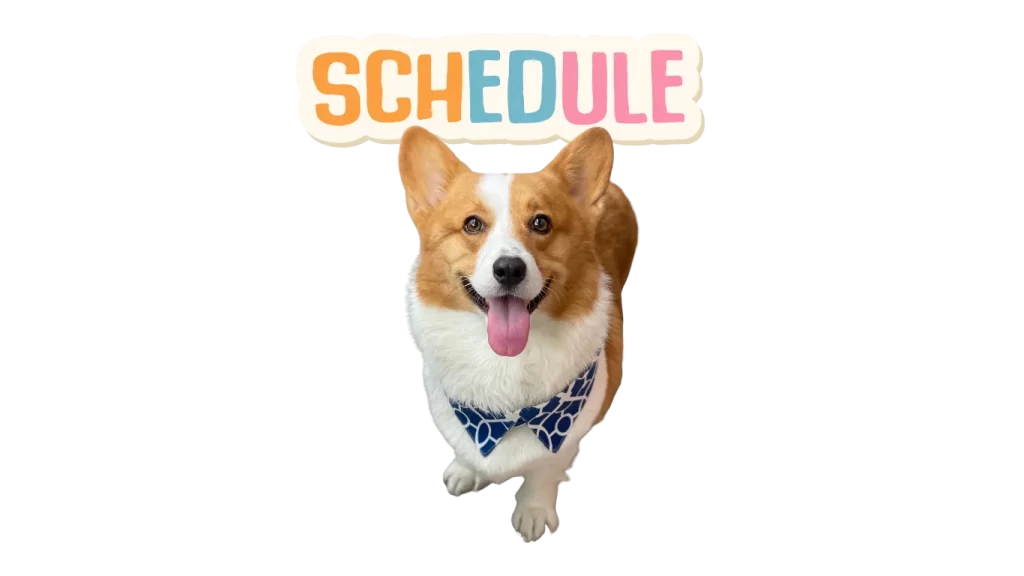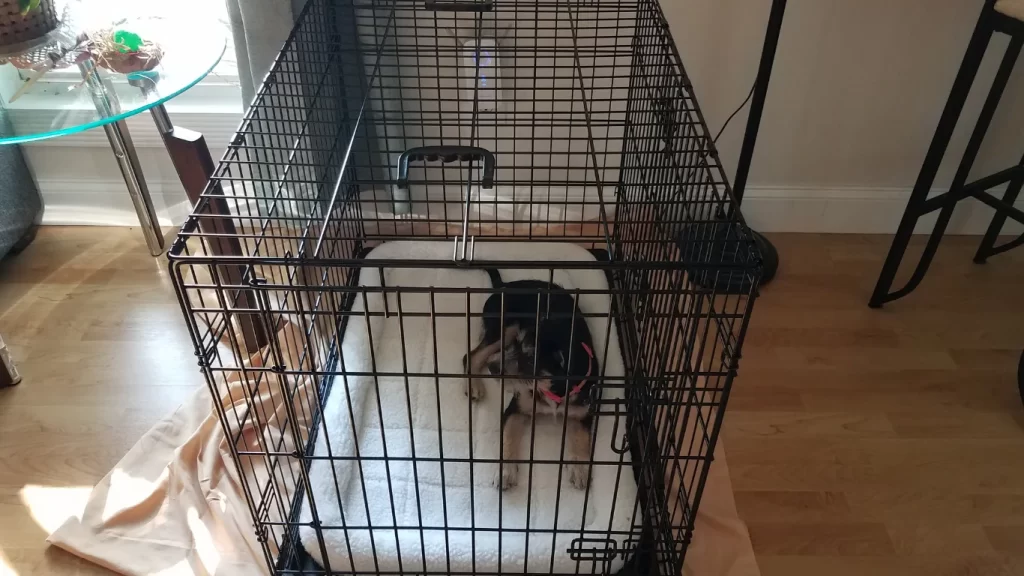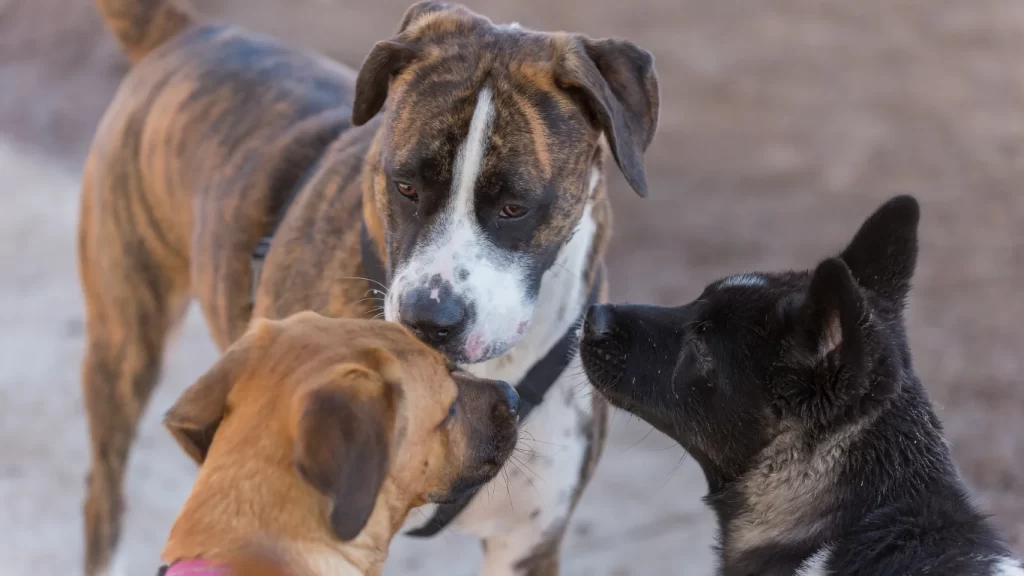Training a new puppy is both challenging and rewarding. It is essential for developing a well-behaved and obedient companion. Going over puppy training tips is essential for new owners to figure out all the different options of puppy behaviour training challenges they will face. From establishing a foundation of puppy obedience to housebreaking a puppy and beyond, the significance of early, effective training cannot be understated. It lays the groundwork for a lifetime of companionship, ensuring that the puppy grows into a socially adept and well-mannered dog.
Together we’ll go over our top ten advices for new owners, starting from the critical importance of beginning training from day one. It will cover establishing a routine that puppies can depend on, the effectiveness of positive reinforcement training, and the essentials of crate training a puppy. Furthermore, it will address the significance of puppy socialization, how to avoid common puppy training mistakes, and the incorporation of basic puppy commands into a puppy’s training schedule. Training puppies at home requires patience, consistency, and an understanding of the unique needs and behaviours of a young dog, making this guide an indispensable tool for any new pet parent embarking on the rewarding journey of puppy training.
1. Start Training Early
Initiating puppy training from the moment they arrive home is crucial. The first 16 weeks of a puppy’s life are vital for setting behavioural patterns that will last a lifetime. During this period, puppies develop up to 90% of their attitudes towards people, other animals, and their environment. Starting training immediately, especially within this narrow window, prevents the formation of bad habits that would later require intensive obedience training to correct.
2. Start With Basic Commands to Introduce

Photo: The American Kennel Club
Puppies can learn basic commands from the very beginning. Essential commands like ‘sit’, ‘stay’, ‘come’, and ‘down’ should be introduced early. These commands not only help in managing the puppy’s behaviour but also in preventing issues like jumping or excessive barking from becoming a problem as they grow. Early training sessions should be short, positive, and include rewards for good behaviour, establishing a foundation for more advanced training as the puppy matures.
3. Establish a Routine
Establishing a routine is paramount when integrating a new puppy into your home. A consistent schedule not only aids in house training but also sets the stage for a well-adjusted dog. A typical day should start with an early morning potty break followed by playtime, then breakfast with a strict 15-minute window to encourage good eating habits.
4. Set a Daily Schedule

Creating a structured daily schedule is crucial. For example, post-breakfast, allow the puppy to relieve themselves again, as puppies often need to go shortly after eating. Incorporate training sessions and playtime to keep them engaged. Mid-morning can include a nap in their crate, teaching them to be comfortable alone. Consistency in meal times, potty breaks, and bedtime forms a predictable environment, making your puppy more secure and less anxious.
5. Be Consistent in Training
Training should be woven seamlessly into the daily routine, ensuring it becomes a regular part of your puppy’s day. Consistent cues and immediate rewards help reinforce desired behaviours effectively. Each interaction is an opportunity to reinforce these behaviours through consistent, short training sessions. Consistently practicing these methods will help your puppy learn faster and strengthen the bond between you and your pet.
6. Use a Weighing Scale
When you bring your puppy home, it is recommended that you provide four meals a day until it is four months old. At four months, reduce this to three meals a day, and when it reaches six months, reduce it to two meals. It is also crucial to weigh the food and follow your dog’s weight to prevent overfeeding.
7. Use Treats and Rewards
Positive reinforcement training focuses on rewarding desirable behaviours with treats, praise, or toys, increasing the likelihood of these behaviours being repeated. Start by identifying what your puppy finds most rewarding—this could range from food to playtime. For instance, high-value treats like cheese or chicken are effective for reinforcing excellent responses, especially in distracting environments. Less exciting rewards, such as dry biscuits, can be used in calmer settings where the puppy is more likely to succeed. Consistently rewarding good behaviour promptly enhances the training process, making it enjoyable and effective for both the puppy and the trainer.
8. Punishments Aren’t Always The Right Reaction
Shifting away from punishment-based methods is crucial as these can lead to fear and mistrust. Instead, focus on creating positive experiences. For behaviours not yet mastered, use less frequent rewards or alternate with verbal praise and affection to maintain interest without over-reliance on treats. Recognise that every interaction with your puppy is an opportunity to reinforce positive behaviours. If a puppy is distracted or not responding as desired, consider using more appealing rewards or changing the training environment to one with fewer distractions. This approach ensures that training remains a positive, trust-building activity.
Unlock the Ultimate Cleaning Experience: Discover the Best Vacuum-Mop Combos of 2024
9. Train Your Puppy For Crate

Crate training provides a multitude of advantages for both puppies and adult dogs. It establishes a safe haven where dogs can feel secure and relaxed, significantly aiding in housebreaking as dogs naturally avoid soiling their sleep area. Additionally, crate training is essential during travel and in new environments, helping dogs settle more easily. It also offers a reliable solution for managing the dog when unsupervised, preventing unwanted behaviours like chewing or excessive barking
The first four months of a puppy’s life are critical, as this is when they are most receptive to socialisation. During this period, it is essential to introduce them to a variety of people, animals, and environments. Introducing your puppy to different settings and experiences helps them to perceive these elements as normal, fostering a sense of confidence and well-being as they mature.
10. Introduce Your Puppy to New Environments

Environment training is fundamental in developing a calm and adaptable adult dog. Puppies are incredibly receptive between 8 and 12 weeks old, with their experiences during this time forming enduring memories. Simple activities like accompanying their owner in various daily contexts can significantly aid their social development. Introduce them to diverse environments gradually, ensuring each new experience is positive, using treats and play to associate new encounters with enjoyment.
Moreover, social interactions with other dogs are crucial for your puppy to learn appropriate canine behaviours. Start by allowing your puppy to observe other dogs from a distance, gradually decreasing this as they become more comfortable. Organised playdates with known, vaccinated dogs can provide valuable learning experiences. Similarly, introduce your puppy to a wide range of people, including those who may appear different, such as individuals in wheelchairs or those wearing unusual attire, to broaden their social understanding. Always ensure these introductions are controlled and positive, rewarding calm behaviour to reinforce good experiences.
Puppy Training Tips: Summing Up
As new puppy owners embark on this remarkable journey, it’s crucial to recognize the lasting impact that these early training experiences have on their puppies’ development. The principles and techniques discussed here not only foster a strong bond between owner and pet but also set the stage for a lifetime of companionship and mutual respect. By adhering to these recommendations and maintaining a commitment to consistent, positive reinforcement training, owners can look forward to the joy and fulfillment that comes with raising a well-adjusted, obedient canine companion.





